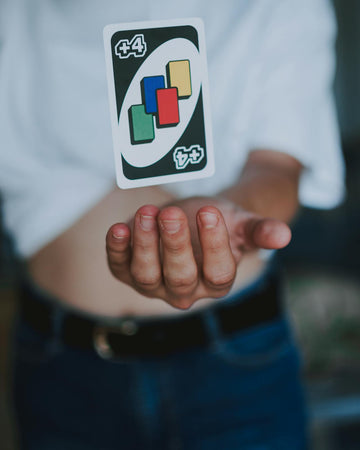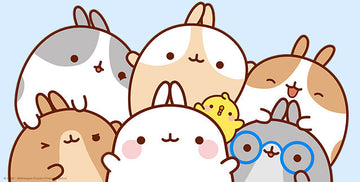UNO is a game that’s easy to learn but hard to master, especially when every family seems to have their own set of unwritten rules. These house rules add an extra layer of fun, strategy, and - more often than not - chaos to the game. Here are ten unwritten rules of UNO that almost every family has adopted:
1. Stacking +2 and +4 Cards
One of the most infamous house rules is the ability to stack +2 and +4 cards. If someone plays a +2, the next player can stack their own +2 or even a +4 on top, forcing the next unlucky player to draw the cumulative total. Officially, this isn’t allowed, but it’s a common rule that can lead to some serious card-drawing chaos.
2. Reverse Cancels a Draw
In some families, playing a Reverse card can cancel the effect of a Draw 2 or Draw 4, bouncing the penalty back to the previous player. This unwritten rule can be a game-changer, especially when used strategically.
3. No Ending on an Action Card
Many families enforce a rule where you cannot win the game by playing an action card (like a Wild, Skip, Reverse, or Draw 2). If your last card is an action card, you have to draw another card and keep playing until you can end on a number card. It keeps the suspense alive till the very end!
4. Must Say “UNO” Before Last Card Hits the Table
According to the official rules, you’re supposed to say “UNO” when you have one card left. However, in many households, you must say it before your second-to-last card even touches the pile. If you don’t, you might be forced to draw extra cards as a penalty—ouch!
5. Skipping Multiple Players
Some families allow a Skip card to skip more than one player, especially in larger groups. For example, if you play a Skip, the next person might be skipped entirely, or everyone but the person after them could be skipped, depending on your house rules. It’s a fast way to mix things up!
6. Draw Until You Can Play
While the official rules say you only draw one card if you can’t play, many families enforce a rule where you must keep drawing cards until you can play something. This rule can quickly fill up your hand, making it harder to win but definitely adding to the fun (or frustration, depending on your perspective).
7. Jumping In
In some households, if you have the exact same card (both in number and color) that is currently on the pile, you can “jump in” out of turn to play it. This unwritten rule creates fast-paced chaos and keeps everyone on their toes.
8. Custom Wild Card Rules
Some families add their own rules for Wild cards. For instance, when someone plays a Wild card, they might have to describe something (like a favorite color or a random fact) before choosing the next color. It’s a fun way to personalize the game and add a little extra challenge.
9. No Talking During Play
In some households, there's an unwritten rule against talking during your turn to prevent any hints or clues about your strategy. This rule keeps the game fair and makes it harder for other players to predict your moves.
10. House-Specific Draw 4 Rules
The Draw 4 card is one of the most powerful in the game, and many families have their own rules about when it can be used. Some say you can only play it if you have no other cards that match the current color, while others let you play it anytime but with a risk of challenge. If the next player challenges you and you were bluffing, you must draw cards instead!
These unwritten rules are what make UNO such a beloved game across generations. They turn a simple card game into a personalized family tradition filled with laughter, competition, and maybe a little bit of frustration. The next time you sit down to play UNO, think about the house rules that have become part of your game night rituals—because that’s where the real fun begins!





